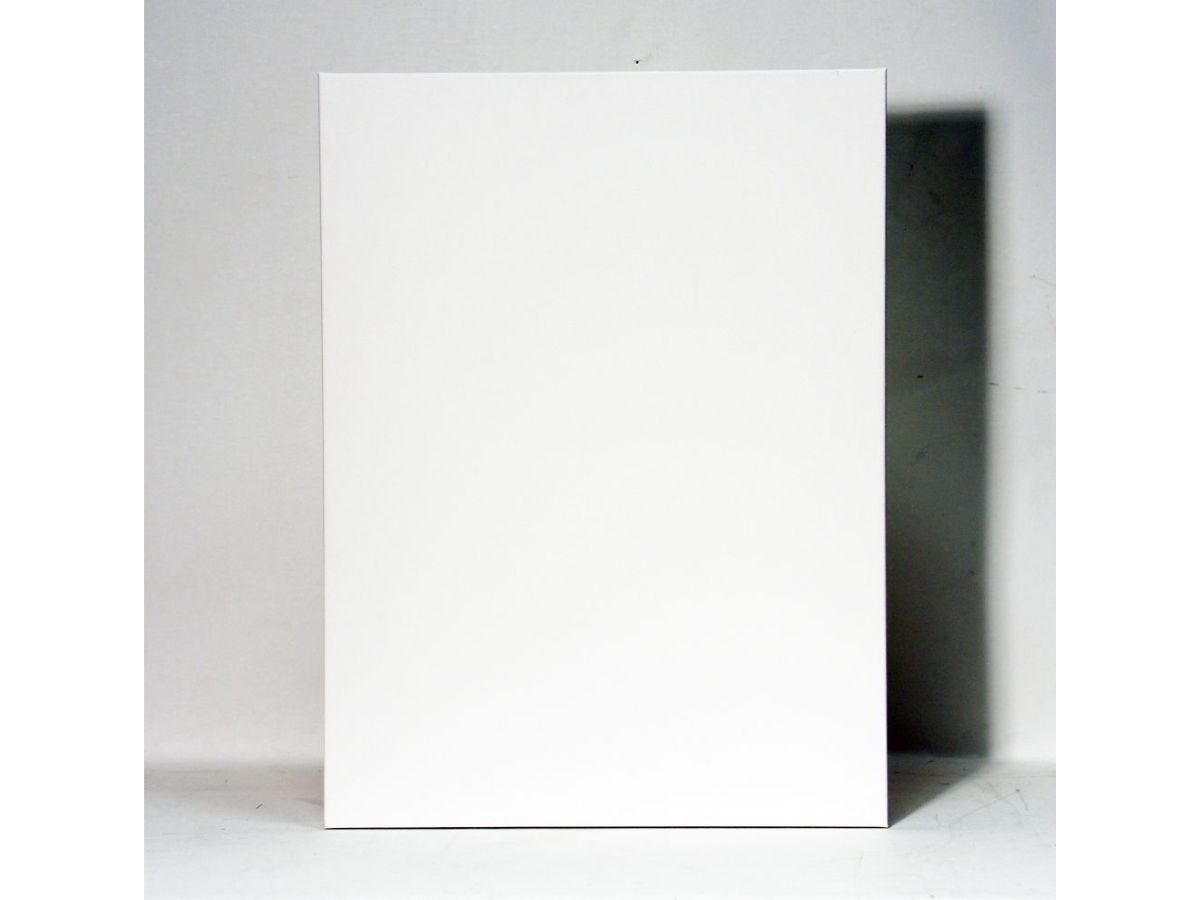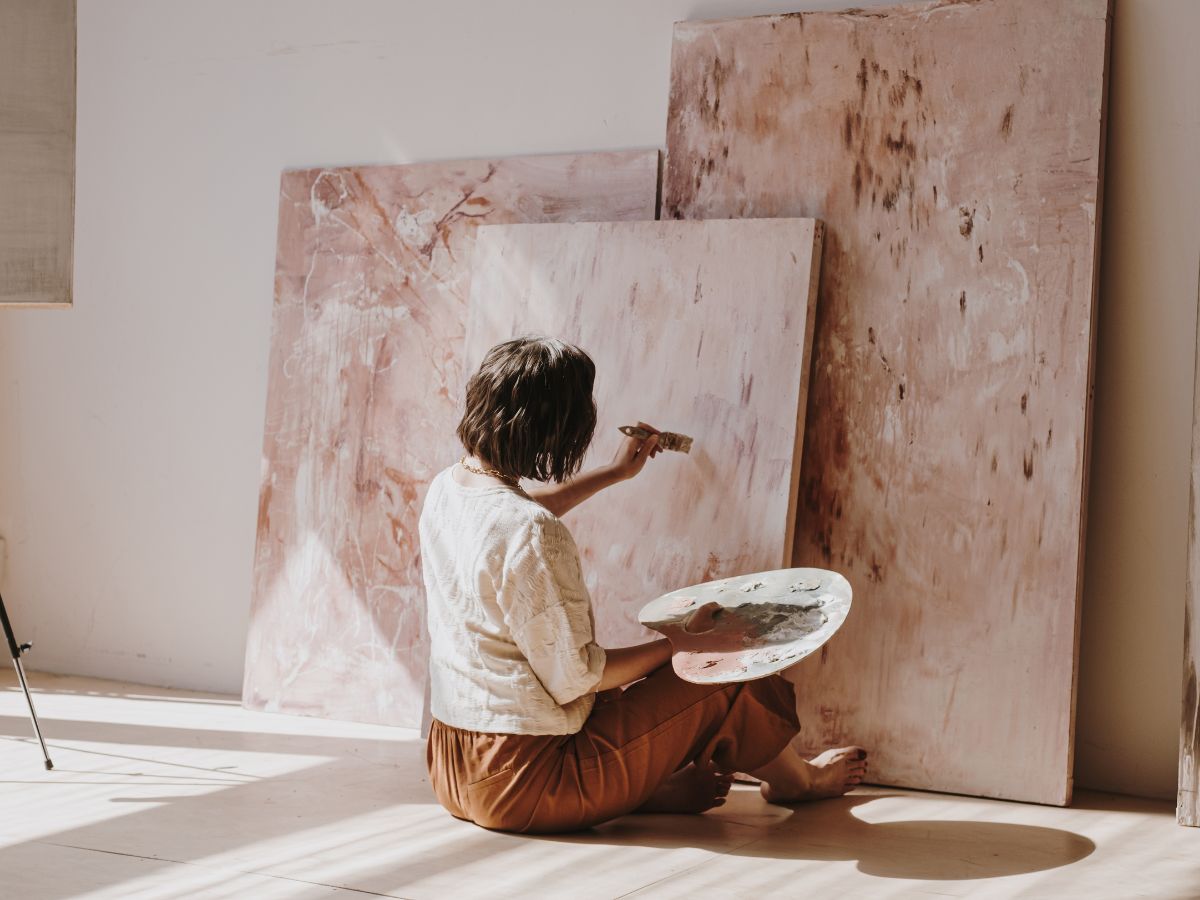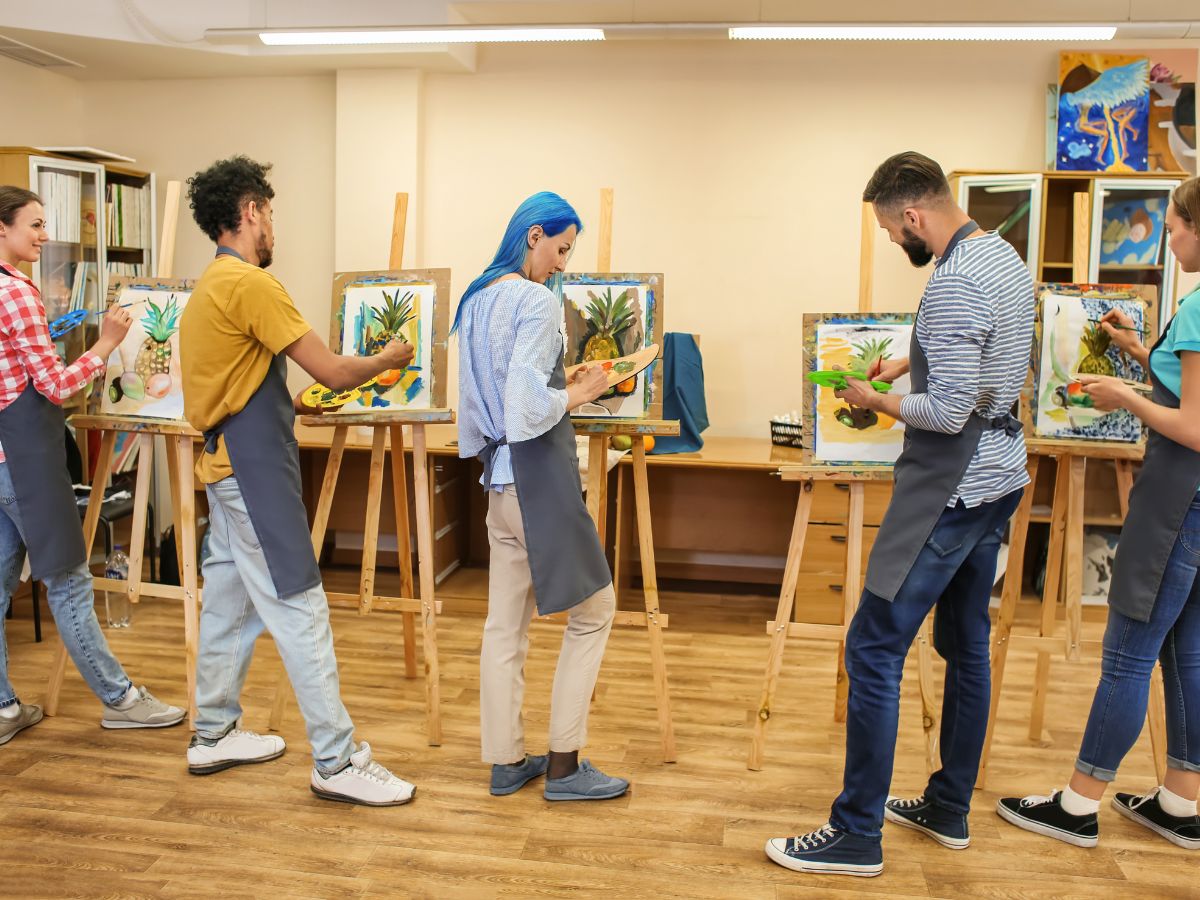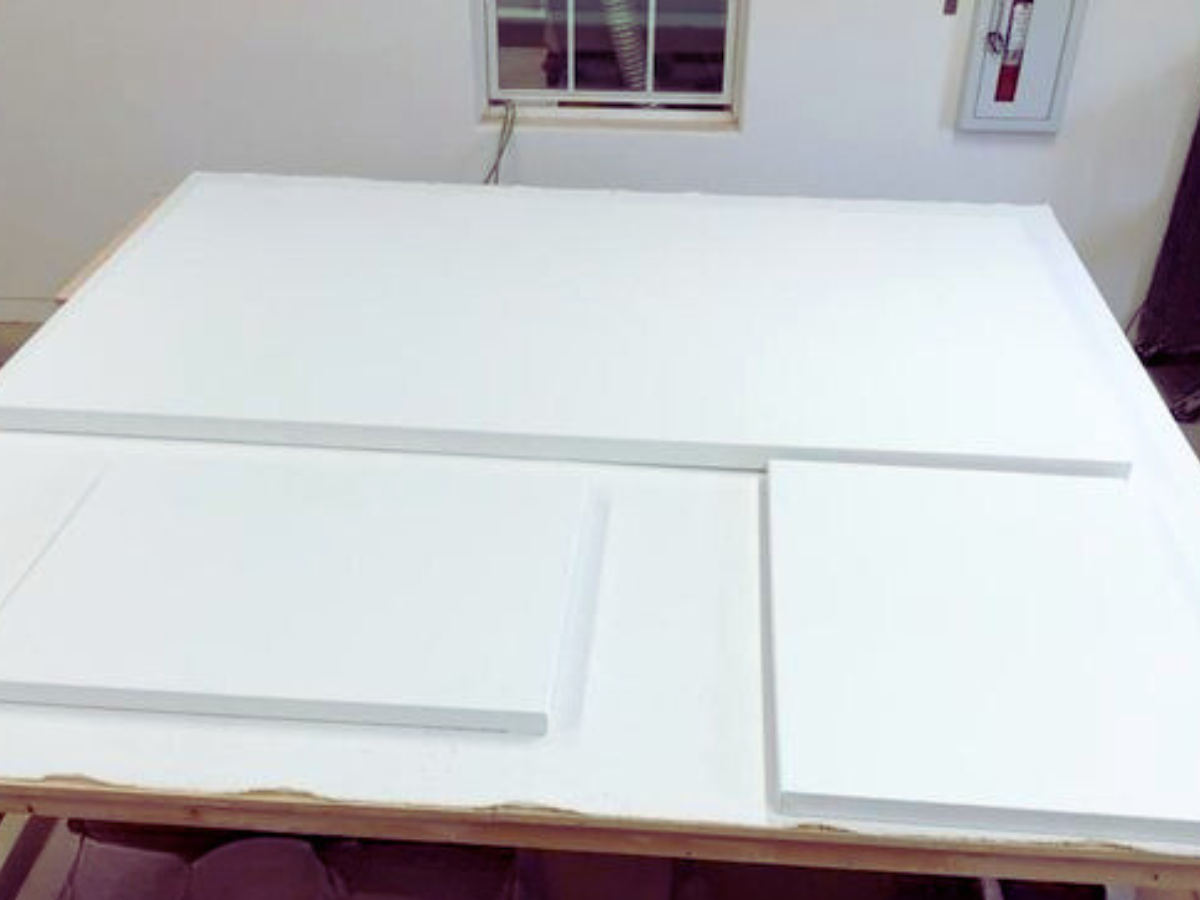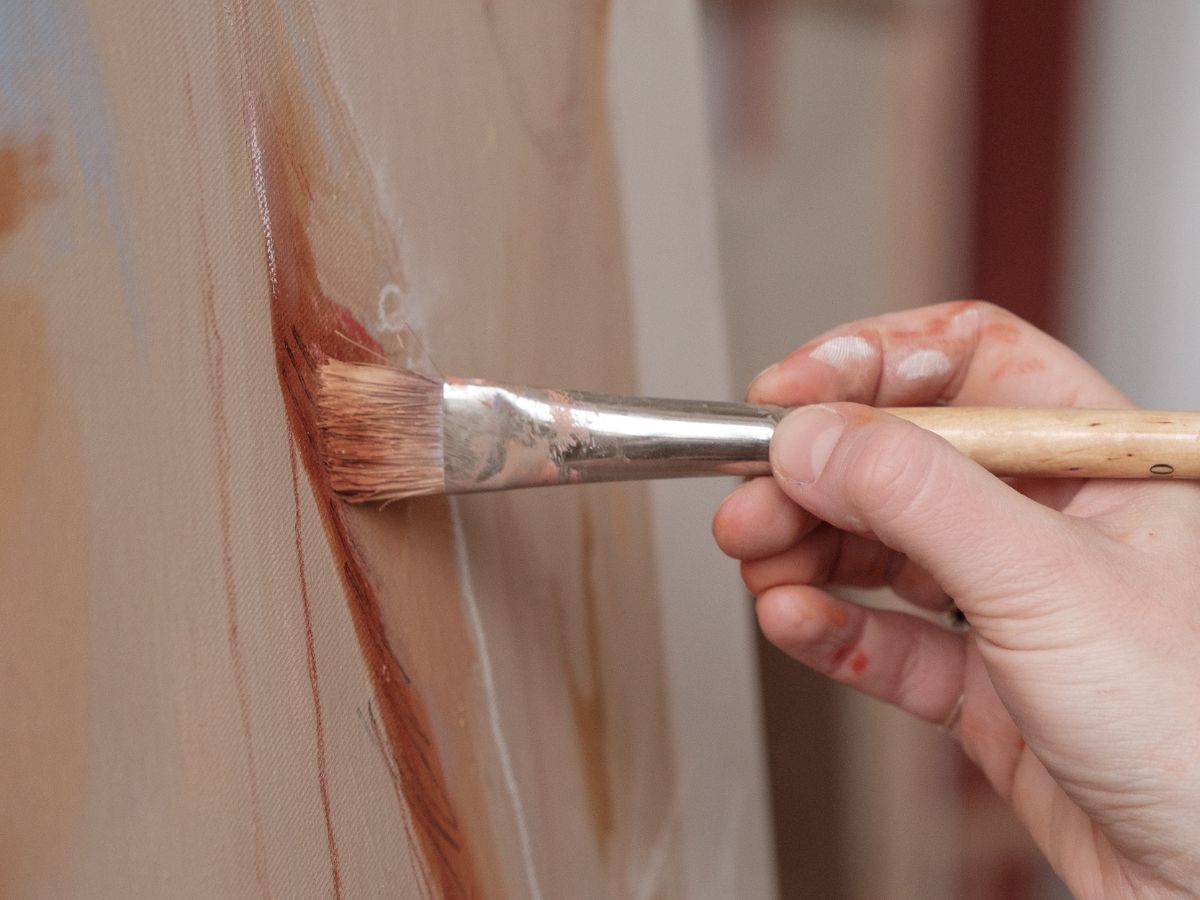
Choosing the Right Stretcher Bars for Your Canvas
When it comes to creating lasting artwork, the foundation is just as crucial as the paint and brushwork. Stretcher bars form the backbone of any canvas, ensuring that the fabric remains taut, flat, and ready to display. CanvasLot, a reputable manufacturer of custom-sized canvases, offers a range of high-quality stretcher bars designed to meet the different needs of artists.
